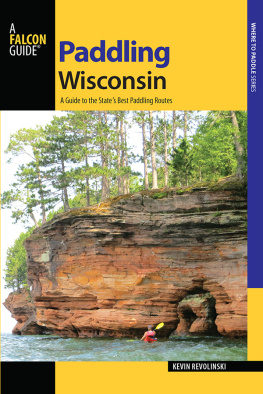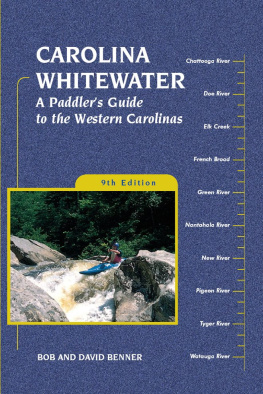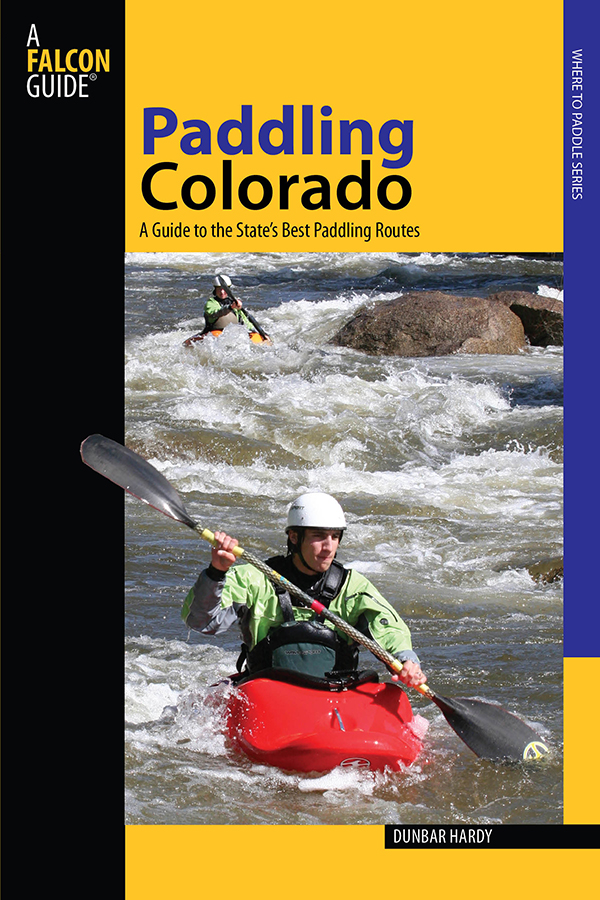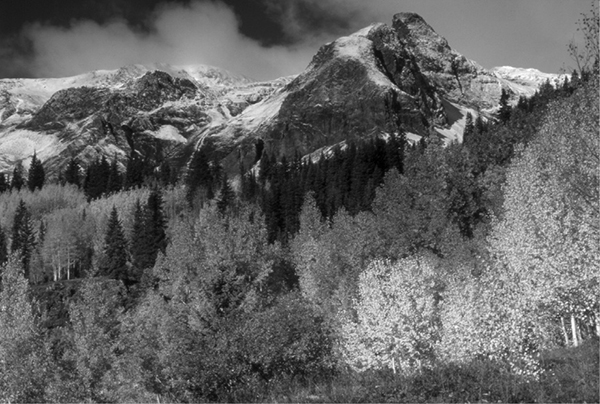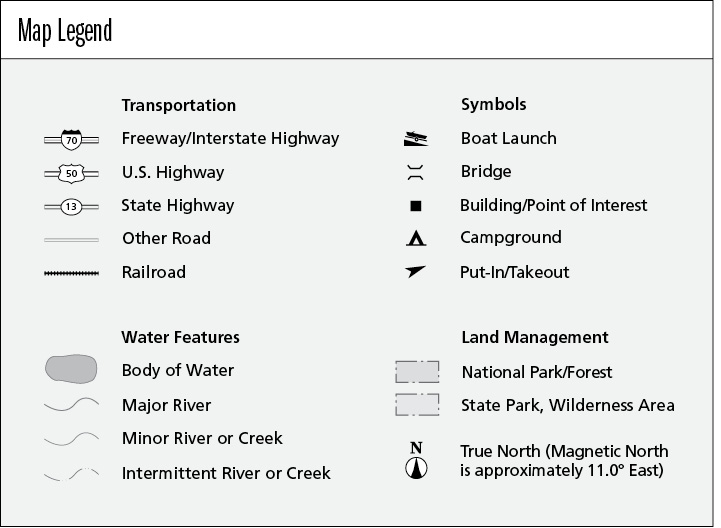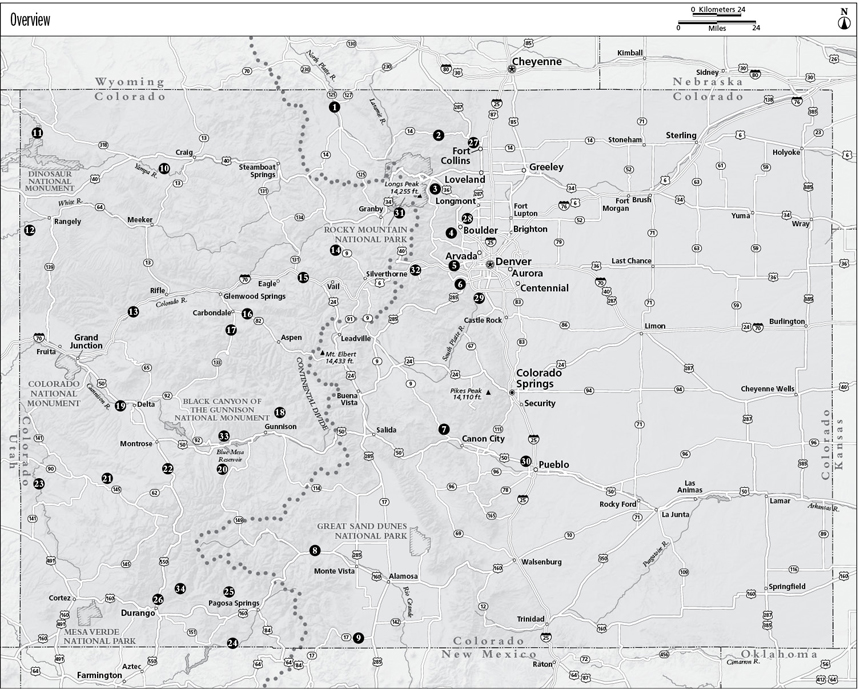Paddling Colorado
A Guide to the States Best Paddling Routes
Dunbar Hardy
HELP US KEEP THIS GUIDE UP TO DATE
Every effort has been made by the author and editors to make this guide as accurate and useful as possible. However, many things can change after a guide is publishedtrails are rerouted, regulations change, techniques evolve, facilities come under new management, etc.
We welcome your comments concerning your experiences with this guide and how you feel it could be improved and kept up to date. While we may not be able to respond to all comments and suggestions, well take them to heart, and well also make certain to share them with the author. Please send your comments and suggestions to the following address:
The Globe Pequot Press
Reader Response/Editorial Department
P.O. Box 480
Guilford, CT 06437
Or you may e-mail us at: editorial@GlobePequot.com
Thanks for your input, and happy travels!
Copyright 2009 by Morris Book Publishing, LLC
ALL RIGHTS RESERVED. No part of this book may be reproduced or transmitted in any form by any means, electronic or mechanical, including photocopying and recording, or by any information storage and retrieval system, except as may be expressly permitted in writing from the publisher. Requests for permission should be addressed to The Globe Pequot Press, Attn: Rights and Permissions Department, P.O. Box 480, Guilford, CT 06437.
Falcon, FalconGuides, and Outfit Your Mind are registered trademarks of Morris Book Publishing, LLC.
Project manager: David Legere
Text designer: Nancy Freeborn
Layout artist: Kim Burdick
Maps Morris Book Publishing, LLC
All photos by Dunbar Hardy unless indicated otherwise.
Library of Congress Cataloging-in-Publication Data is available on file.
ISBN 978-0-7627-4520-3
The author and The Globe Pequot Press assume no liability for accidents happening to, or injuries sustained by, readers who engage in the activities described in this book.
To my mother and father, Mary and Robyn, who put me in my first canoe before I can even remember. I thank you both for helping me to grow up on the water and to forever appreciate its beauty.
Also Kells Hogan, who introduced me to my first whitewater river. He first showed me the world of moving water, and my life has been forever changed.
And Brennan Guth, who was lost to the river. I shared many days on the water with him, and his passing taught me about the waters power.
The beautiful San Juan Mountains rise in southern Colorado.
Contents
Acknowledgments
First off, I would like to thank all those people who pulled over to offer me a ride as I stood next to the road shivering. Ive sat by many rivers waiting for rides, and this is a huge thanks to those brave souls who let this stinky, wet, and cold paddler crawl into their car for a ride back up to the put-in. I would also like to say thank you to the Colorado Environmental Coalition and American Whitewater for dedicated and persistent advocacy work in protecting Colorados paddling resources.
Another round of thanks goes to those individuals who offered their support and encouragement of this project. These people contributed their experience and even photographs to help make this a more thorough guidebookLandis Arnold, Wildwasser Sport; Kent Ford, Performance Video; Max Young, Renaissance Guides; Marty Genereux, Centennial Canoes; Earl Richmond and Heather Gorby, Colorado Kayak Supply; Nathan Fey, American Whitewater; Eric Bader, Boulder Outdoor Center; CJ Harrington, Pagosa Outside; Bryan Kelsen Photography; William Luster Photography; and Eugene Buchanan, Paddling Life magazine.
Last but not least is a huge debt of gratitude to my paddling partners who have been patient with me as I asked them to wait a second while I scrambled to take photos or motivate them to paddle when perhaps they really didnt want to: my incredibly patient wife, Julia Wieck; the entire Scarpella familyBrian, Allison, Toby, and Finn; Chad and Stephanie Crabtree; Taylor Beavers; Brad and Megan Higinbotham; Katie Selby; Christie Dobson; Woody Calloway; Jim and Ruth Olson; and Andrew Wracher.
Introduction
Welcome to Coloradohome of the Rocky Mountains. Known for its numerous snow-covered mountains and dramatic scenery, Colorado has been characterized as a skiers paradise and a home for those who love snow. This may be true for part of the year, but come warmer weather and melting snow, Colorado makes an abrupt transition into being a home for paddlers. These same snow-covered peaks become a stunning backdrop to spring and summertime paddling options all over the state, with many options extending into the fall. With 300-plus days of sunshine a year and fresh clean air, Colorado is a prime paddling destination for those who relish the outdoors and welcome the beauty of clean rivers, pristine lakes, a great climate, and beautiful scenery.
Another great thing about paddling in Colorado is the number of options that exist for paddlers of all skill levels. Countless mountain lakes and reservoirs offer flatwater enthusiasts still-water paddling with mountain views in every direction. Beginning paddlers will find abundant sections appropriate for learning on almost every river in the state. Intermediate paddlers will be thrilled with the numerous quality sections available to them, while advanced/expert paddlers will be challenged to tackle some of the most difficulty whitewater found anywhere. Whether a flatwater paddler, a Class I beginner, a Class III intermediate, or a Class V expert, Colorado has classic paddling for everyone.
Lay of the Land
Believe it or not, not all Colorado is full of mountains. The eastern side of the state is a sloping high plain of open expanse that extends toward the flatlands of Nebraska, Kansas, and Oklahoma. This part of the state is better known for its agriculture than its paddling. Bumping up against the mountains is an area known as the Front Range, which is home to most of the states population and the cities of Pueblo, Colorado Springs, Denver, Boulder, and Fort Collins. There are paddling opportunities along the Front Range, as well as crowds. Heading farther west, up and over the Continental Divide, is the central part of the state and its highest mountains. This is home to the majority of ski areas, as well as abundant snowmelt paddling options. Heading even farther west is the part of the state known as the Western Slope. The mountain scenery eventually transitions to a dry high desertlike environment as Colorado gives way to the sandstone cliffs of Utah.


